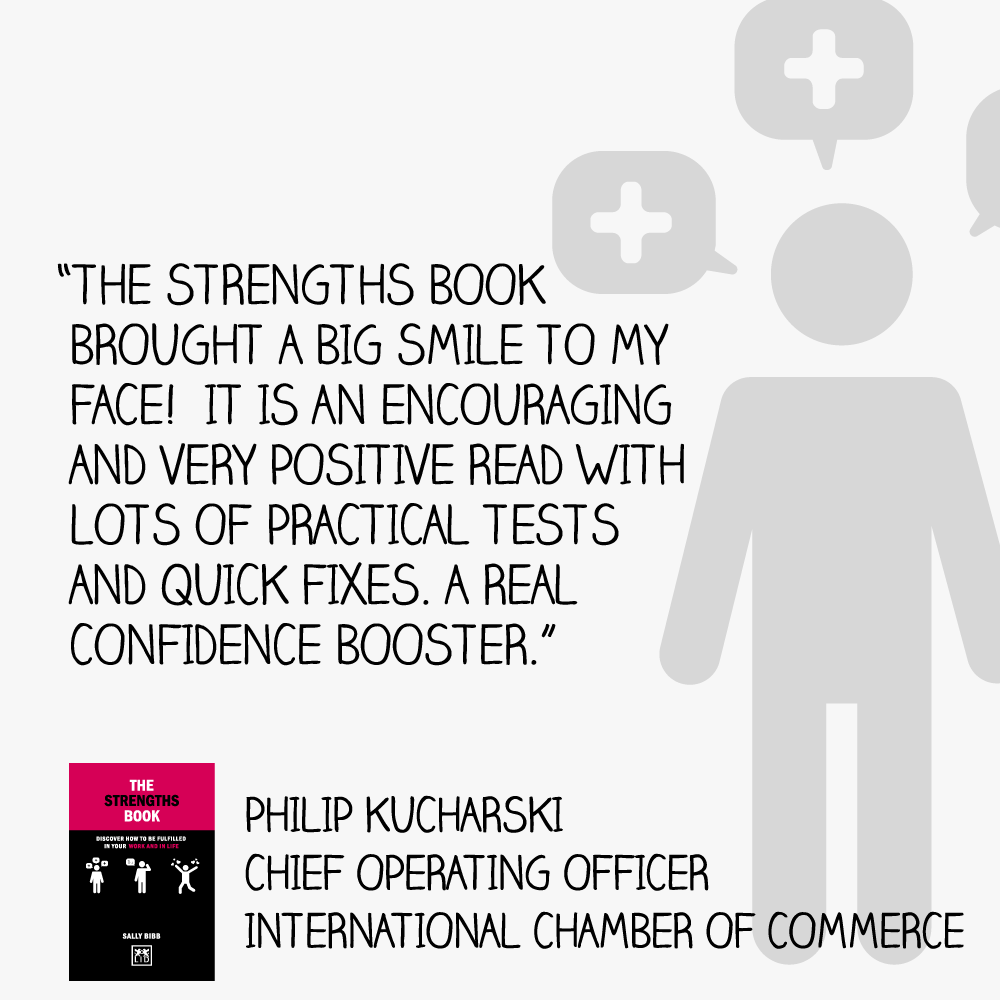
My last blog post about what writing a book is really like attracted a lot of interest and led me to chat with several aspiring authors. It seems that so many people want to write a book, but never quite get to the finishing line.
It got me thinking about why that is.
I’ve just finished my seventh book. With each book I’ve learned more about what it takes for me to get from the seed of an idea to being published and into the hands of readers. Do you have dreams of seeing your book out there in the world? Whether you want to write fiction or non-fiction, read on. I hope my tips will help you.
- Be clear why you want to write the book
The more important the book is to you, the more likely you are to finish. This might sound obvious, but, if you feel very strongly about your book, you’re more likely to put the necessary significant effort in to write it and find a publisher who wants to publish it.
Personally, I write about topics that I think will improve people’s experience of work. Sometimes the book has been fuelled by my frustration of what is wrong with the workplace (as in the case of The Stone Age Company). Other times I’ve been motivated to present an idea that will make a positive difference to people – like with my latest book The Strengths Book.
Be clear about the ‘why’ and whenever you feel yourself falter, come back to that reason and you’ll get fresh motivation to continue.
- Know what your message is
Once you’ve settled on your topic, clarify in your own mind the main message of the book. This will help you stay focused and stop you drifting into areas that might be interesting but that don’t support the book’s purpose. Deviating too much from your main message in the first draft means you can end up spending a lot of time writing copy that will be edited out later.
And, in terms of book structure and content, it’s important to communicate your message up-front (as well as in marketing materials and in back-cover blurb etc.) otherwise you are in danger of losing your readers’ interest, or attracting readers who won’t actually enjoy your book at all.
Stay ‘on message’ and convey it in all the right places, to save time and ensure you connect with and satisfy your intended audience.
- Know your reader
It makes it easier to write relevant and engaging copy if you imagine you are speaking to a real person or people. I always think of a few actual people I know and who are representative of the intended audience for the book. I keep them in my mind and I write my book for them. This technique helps me focus on what my readers need and want to know, and stops me getting side-tracked into areas that are of interest to me perhaps, but not to them.
Write on a Post-it® note the names of the people you are writing for and stick it in front of you while you write – keep your book relevant to your readers.
- Write about something you care about A LOT
Writing a book is hard, even when you do care about the topic. If you’re not that bothered about it, it will be far tougher to carry out any needed research or to keep up the motivation to put words on paper day in day out. It will also be more challenging to convince publishers to take your book on. Publishers want to know that they are investing in a book that will actually get finished and attract readers, so be ready to be interrogated about why the subject matters so much to you as well as what you are personally bringing to the topic that others cannot.
Write about a subject you care deeply about, so you’ll want to get the book out there, and increase your chances of convincing a publisher to help you do it.
- Set targets
People always ask me how I find time to write when I run a business. The answer is that I set goals. In the case of writing, I set a word-count target and stick to it. At the start of the book project, I divide ‘the total number of words I need to write’ by ‘the total time I have available’. Then I block out writing time in my diary.
For example, if the book is going to be 70,000 words long and I want to complete it in four months I work out how many days I can set aside time to write, and divide 70,000 by that number of days. That gives me my word-count goal for each ‘writing day’. There will always be some days when business takes over and I can’t write at all; to mitigate that risk I might book two four-day writing retreats and set a goal of writing 10,000 words on each retreat. Some weeks I get ahead of my writing schedule but I never allow myself to fall behind.
Set targets up front and you’ll feel confident that you can make your deadline. It will also keep you motivated and focused.
- Seek feedback
Without constructive criticism, your book won’t be as great as you would like it to be. It’ll be out there in the world a long time, so I think it’s vital to seek the views of some trusted readers (besides your editor) at various stages of the process.
Upfront, I always draft a chapter plan and ask potential readers and other writers I trust what they think of it. Then I submit it to my editor and get his or her feedback before I begin writing. The chapter plan always changes to a greater or lesser degree as I go, but starting with a plan gives structure. And getting this feedback early means that the book is more likely to be useful to the reader.
My next round of feedback comes when I have finished a few chapters – I send them out to a small group of readers who I know will be very honest about what they don’t like.
When I’ve finished the first-draft manuscript I send it out to them again.
The final stage, before I submit the manuscript to my editor is to send it to two or three ‘critical friends’. I ask them to give me feedback on anything they think doesn’t work or doesn’t flow.
Build rounds of ‘reader feedback’ into your overall plan to make sure your book is the best it can possibly be.
My new book The Strengths Book: How to be Fulfilled in Your Work and in Life is 22000 words, took me almost four months to write, and involved three rounds of ‘reader feedback’ from a total of ten people not including my editor and deputy editor. I went on two writing retreats and wrote most weekends to get it finished. It will be published in October in the UK and in December in the USA. It’s part of The Concise Advice Series by LID Publishing.
Why have I written it?
To spread the word about the transformative power of knowing and using your strengths, to EVERYONE!
What’s its message?
By focusing on and playing to your strengths, you can become the very best version of yourself, instead of spending time fixating on your weaknesses and trying to be something you’re not. Learn to identify your own strengths and apply them to be happier, more confident, more resilient, less stressed and more successful.
Who is the book for?
It’s for ANYONE who wants to be happier or more fulfilled. It’s also for people who want to help others find greater happiness and fulfilment, like team leaders, managers, mentors, coaches, careers advisers, teachers and parents.


